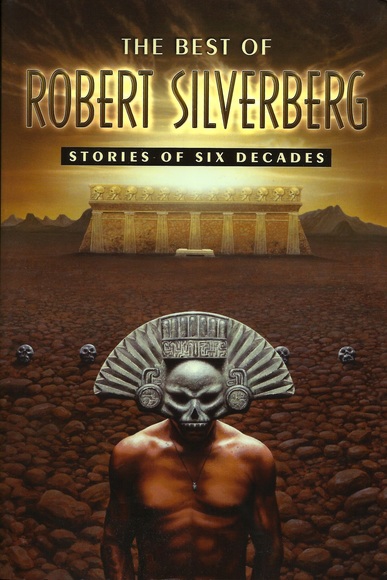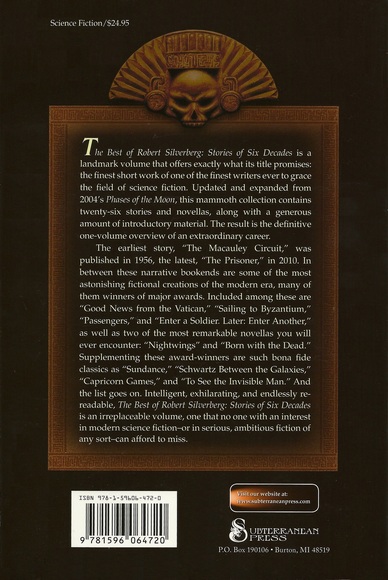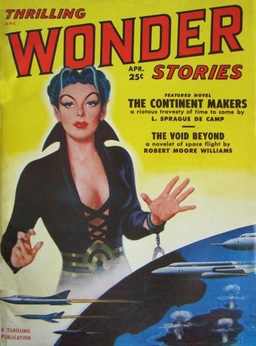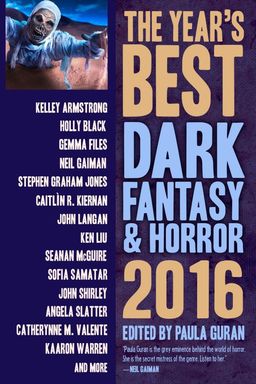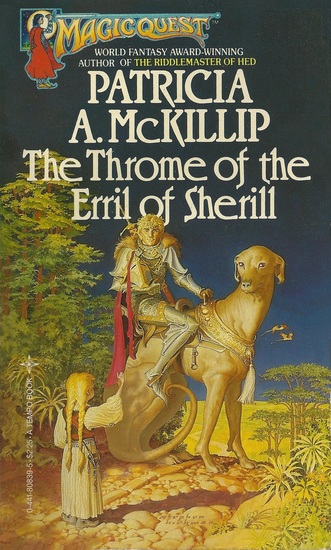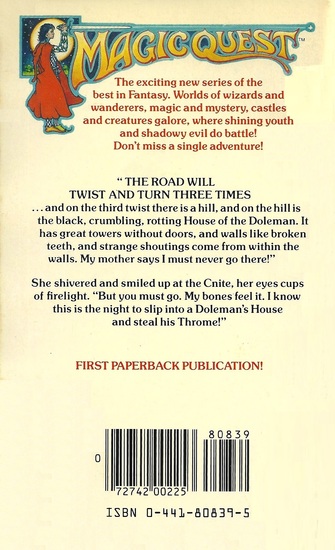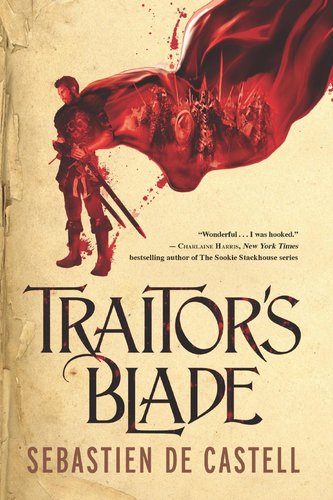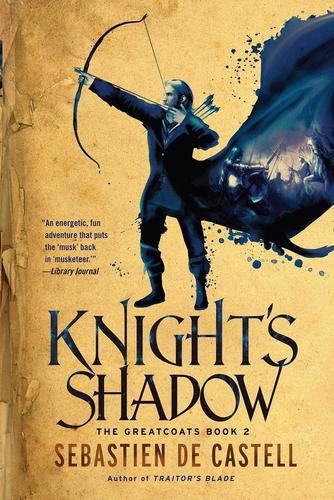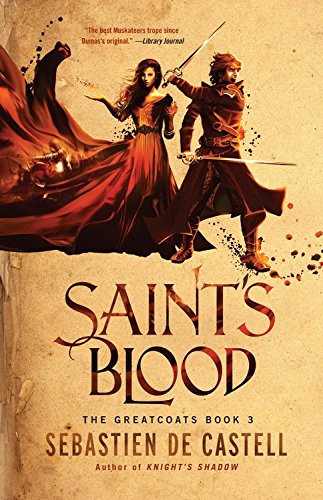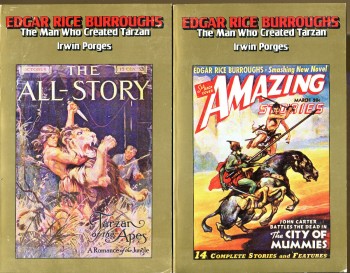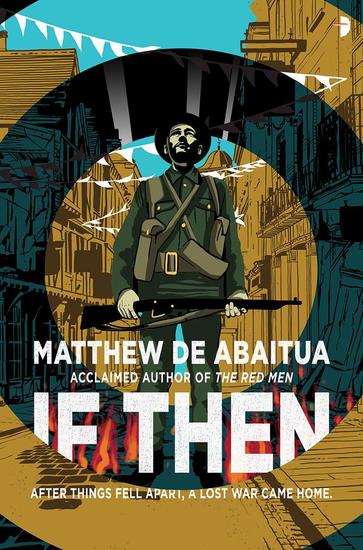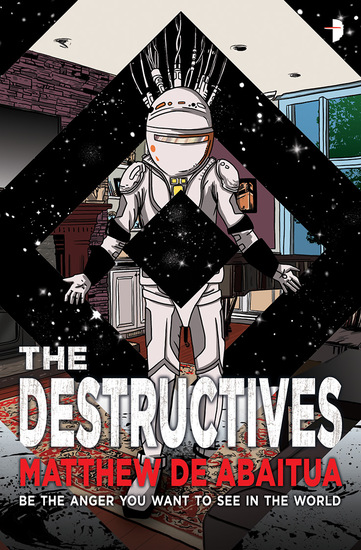The Public Life of Sherlock Holmes: Don’t Panic!
 To those who ascribe to Dirk Gently’s belief in the fundamental interconnectedness of everything (the working premise that made him the holistic detective that he was), you might be able to tie together today’s rambling post. If you do, feel free to explain it to me. My Sherlockian approach failed miserably in the attempt. I got to the point where, once I had eliminated the impossible, whatever remained, however improbable, must be the truth. Except what remained was still impossible.
To those who ascribe to Dirk Gently’s belief in the fundamental interconnectedness of everything (the working premise that made him the holistic detective that he was), you might be able to tie together today’s rambling post. If you do, feel free to explain it to me. My Sherlockian approach failed miserably in the attempt. I got to the point where, once I had eliminated the impossible, whatever remained, however improbable, must be the truth. Except what remained was still impossible.
(I wrote about the Gently books here and the television miniseries here. Go ahead and read them. You know you want to.)
And since I’m talking about a mega-successful series, that has sold/rated well in almost every medium short of Mime, you don’t get a Spoiler Alert. If you’re not familiar with Adams’ works, I don’t know why you’re reading this post anyways. Go read/watch/play/listen to some incarnation of this stuff.
Dirk Gently’s Holistic Detective Agency is my favorite Douglas Adams book (many folks would like me to explain how that could be!). But I first came to Adams’ just like everybody else: through The Hitchhiker’s Guide to the Galaxy. Note I use the unhyphenated spelling.
I wouldn’t tackle that controversy without downing at least two Pan Galactic Gargleblasters first. And since I would lose consciousness two swallows into the first one, we can put that issue to bed right now. And I don’t mean on one of the follopping mattresses from the swamps of Sqornshellous Zeta, either. There.
Now we can move along. Though if you want to delve deeper into the issue on your own, see Don’t Panic: The Official Hitchhiker’s Guide to the Galaxy Companion by Neil Gaiman – pages 50-51.
